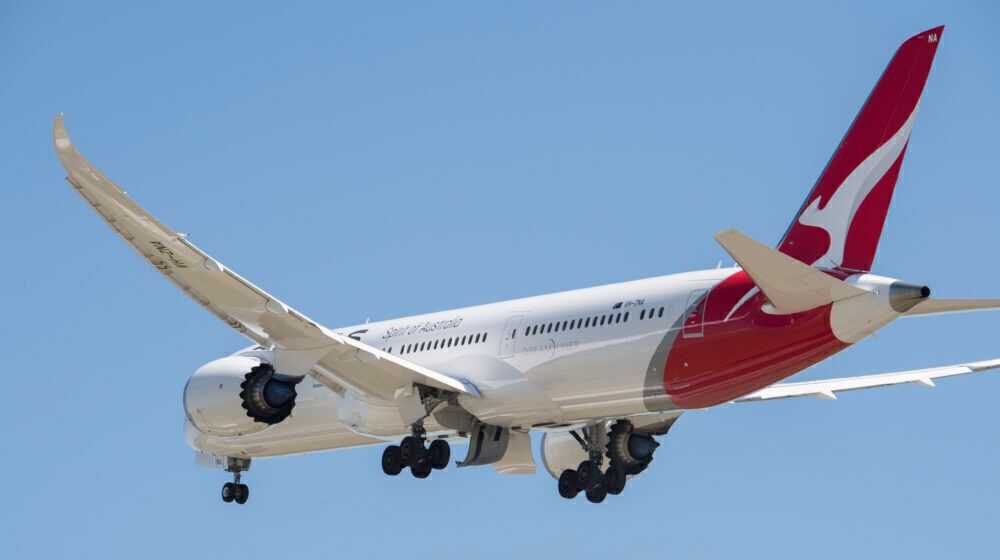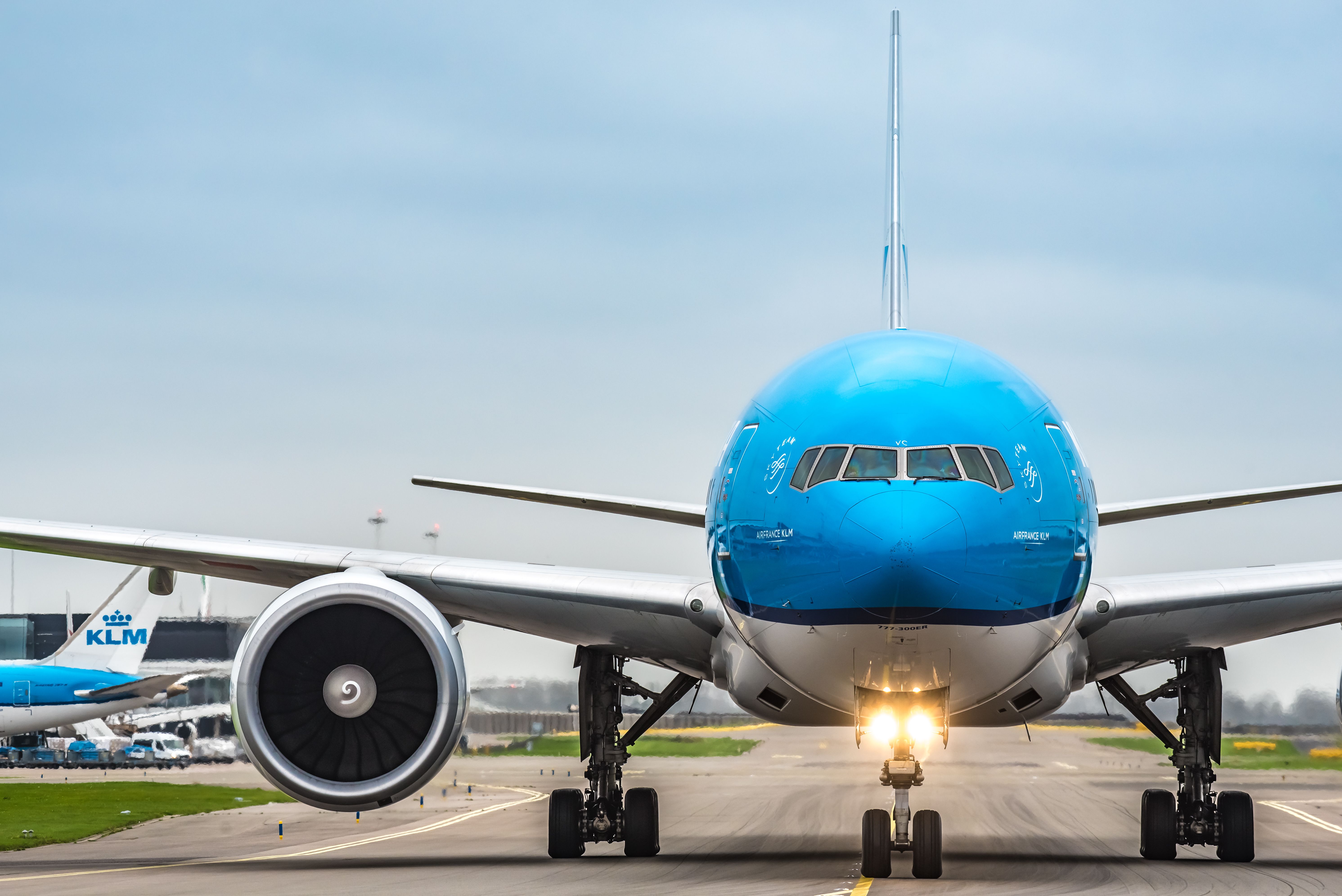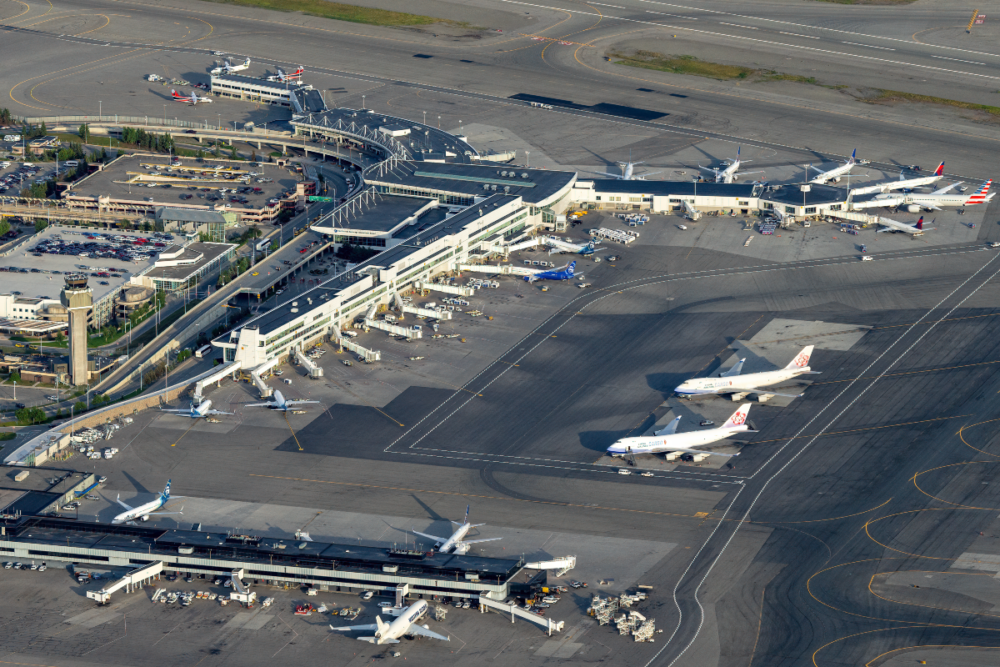In response to the invasion of Ukraine, Australian carrier Qantas will avoid Russian airspace on its "kangaroo routes" to London. Flights that typically operate through Russia will be rerouted through the Middle East and Southern Europe, increasing flight times by over an hour.Notably, neither the Australian nor Russian governments have implemented any flyover restrictions for Qantas; the choice was taken by the carrier itself.In a statement on Sunday, the airline said:
"Given the current circumstances and complexities, we're opting to use one of our alternative flight paths that doesn't overfly Russia, while we continue to monitor this evolving situation."
What does this mean for flights?
Qantas' decision to avoid Russian airspace is unique, being one of the first non-European carriers to implement such measures. JAL has also halted all flights to Moscow, and Delta has suspended their codeshare agreements with Aeroflot.
Lufthansa, airBaltic, and KLM have suspended flights through Russia, with several diverted directly over Russian airspace.
Europe and Russia have been engaged in a loop of tit-for-tat bans over the past few days starting with the United Kingdom placing restrictions on Russian carriers. These actions were closely followed by Bulgaria, Poland, and Czechia, with a swift Russian response of a ban on flights from their respective carriers.
Over the weekend, other European nations have announced airspace restrictions on Russian airlines, including Belgium, Estonia, Latvia, and Germany.
Estonian Prime Minister, Kaja Kallas, has called on the European Union to place region-wide airspace sanctions on Russia.
The European Union is expected to make a formal announcement on the subject shortly; however, it has already moved to ban exports of aircraft, aviation equipment, and spare parts to Russia.
What are the long-term alternatives?
The growing airspace restrictions between Russia and Europe have drawn close comparisons to those in place before the fall of the Soviet Union.
Pre-1990, carriers avoided Soviet airspace, leading to lengthy journeys requiring frequent refueling stops. With developments in ultra-long-range air travel, airlines can now operate jets that can easily cover these distances. Qantas currently operates the 787-9 Dreamliner for non-stop flights between London and Darwin.
However, a sudden shutdown of Russian airspace could leave airlines without the capacity to serve these longer routes. If a European-wide ban is to be implemented and upheld, it is possible that we would see a growth in some of the pre-90s refueling hubs.
For Australia-bound routes, options include Dubai, Singapore, and Mumbai, with the latter used by BA as a one-stop hop between Australia in the 1980s.
Asia and North American routes would likely be rerouted through Anchorage, Alaska.
Anchorage is pinned to have a resurgence as a commercial airport if restrictions increase, having served as "the crossroads to the world" during soviet era airspace restrictions. Reuters is reporting that the airport is seeing increased inquiries regarding capacity and available services if routes are impacted during the ongoing crisis.
What do you think of Qantas' decision to avoid Russian airspace? Should other airlines follow? Let us know what you think in the comments.



